As one of the successor states of the defeated Austro-Hungarian Monarchy, Hungary signed the Trianon Peace Diktat with the victorious Allied powers as part of the peace treaties of Paris that put an end to the 1st World War. The terms of the peace were predetermined at the Paris Peace Conference of 1919-20 without Hungary having any say in shaping them. The head of the Hungarian delegation, Albert Apponyi, was only allowed to explain Hungary's position on 16 January 1920. The former minister of religion and education argued - with the help of documents and maps - that the treaty should be revised and amended, but all in vain, as all the ethnic, historical and legal arguments he put forward were ignored.

Losses caused by Trianon expressed in numbers
The peace terms were handed over to the Hungarian delegation in May 1920, and the diktat was finally signed by Agost Benard, Hungary's national welfare and labor minister, and Alfred Drasche-Lazar, extraordinary ambassador and minister plenipotentiary, on 4 June 1920 at the Grand-Trianon Chateau, in Versailles.
The Trianon Peace Diktat declared the dissolution of the Austro-Hungarian Monarchy and reduced Hungary's territory (excluding Croatia) from 283,000 square kilometres to 93,000, and its population from 18.2 million to 7.6 million.
Around 3.2 million Hungarians, one-third of Hungary’s population, found themselves outside the new state borders, with half of these communities of Hungarian descent remaining in a contiguous block along the borders.

Upper Hungary (Felvidek, now part of Slovakia), the northern chunk of the Little Plain (Kisalfold) in the north-west and Transcarpathia (now in west Ukraine) were annexed to what was then called Czechoslovakia. Transylvania, the eastern edge of the Great Plain and the eastern part of the Banat region were annexed to Romania. Croatia, Backa, the western part of the Banat region, the western edge of Zala county, Medimurje (Murakoz) and the southern part of Baranya county were annexed to the Kingdom of Serbs, Croats, and Slovenes. A strip of western Hungary went to Austria, parts of Szepes (Spisz) and Arva (Orawa) counties in the north to Poland. The Hungarian state lost about two-thirds of its territory, 38 per cent of its industry and 67 per cent of its national income.
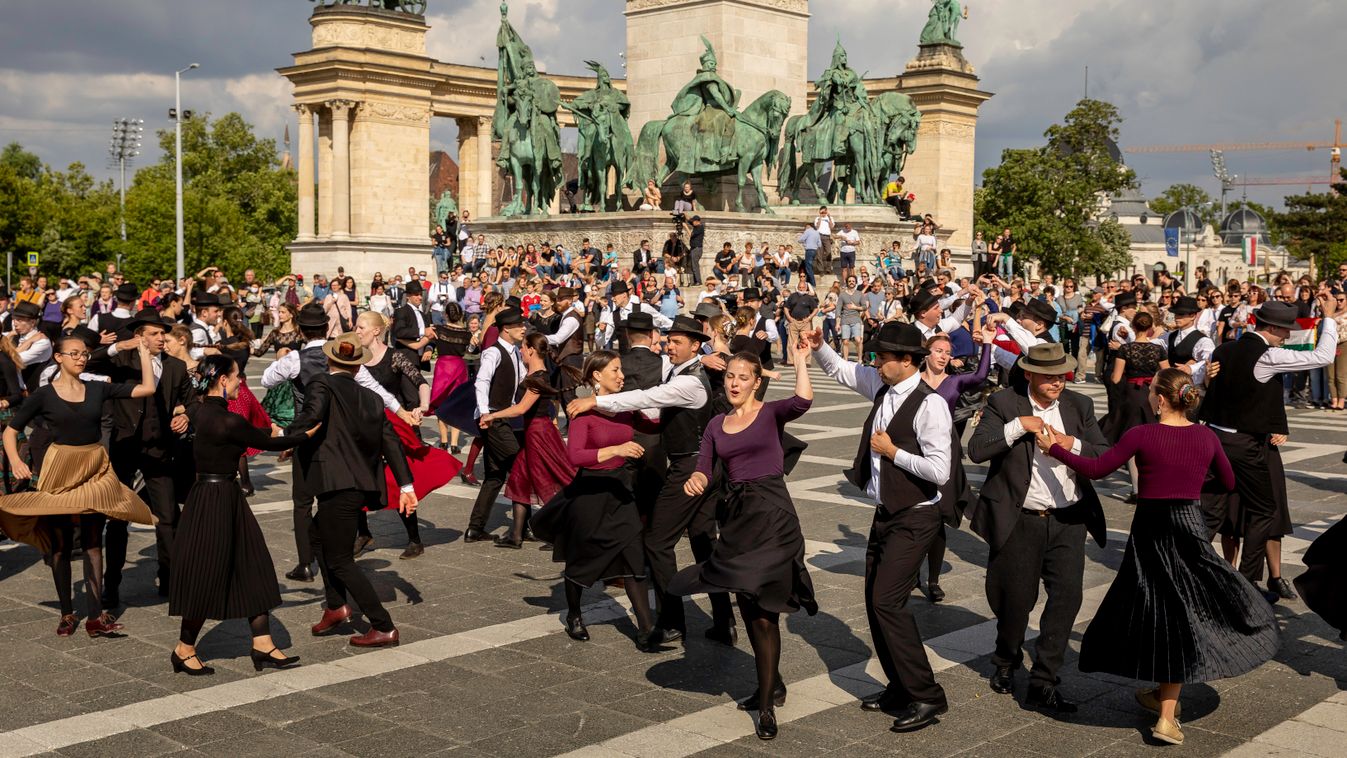

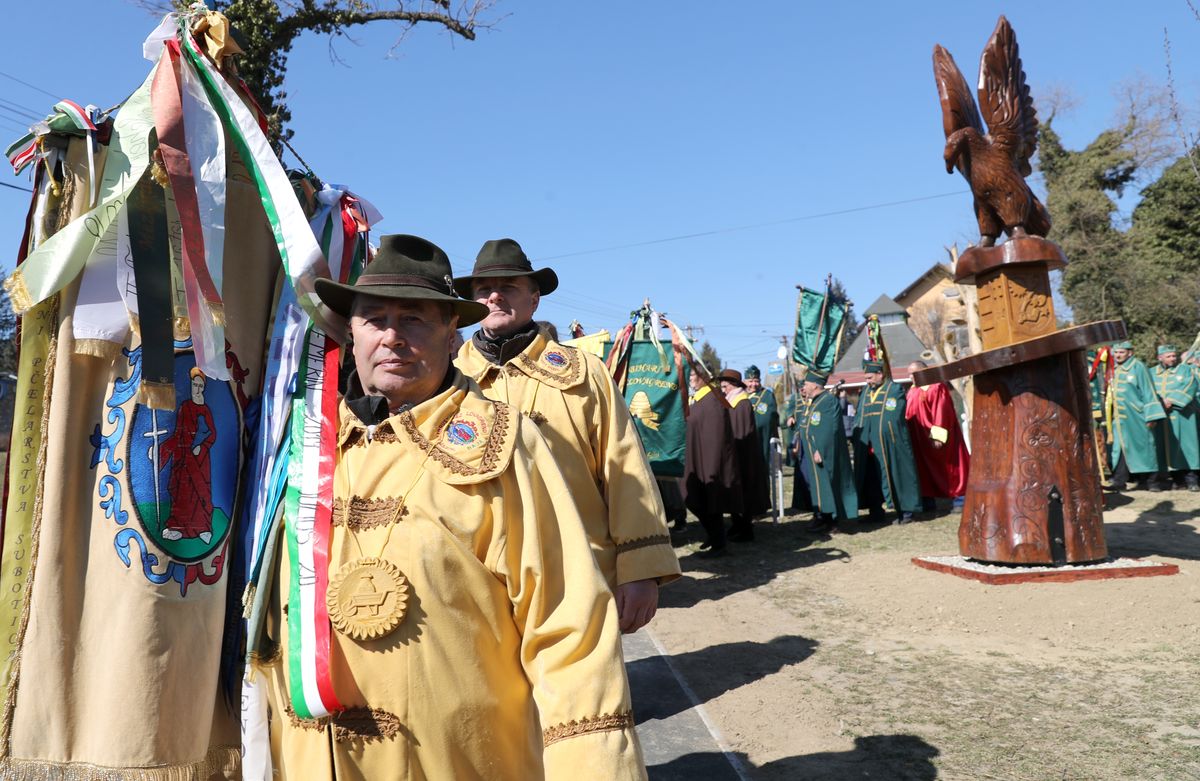
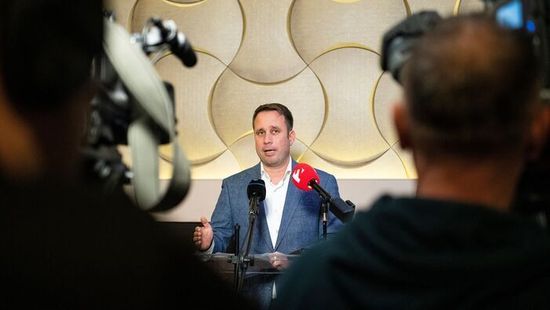
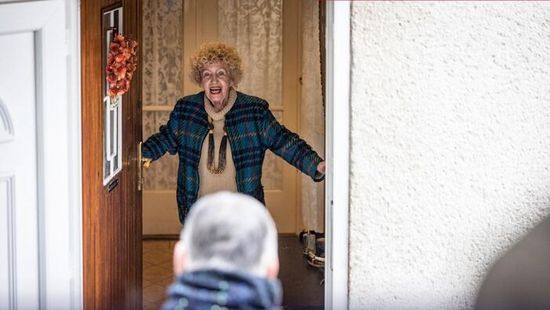




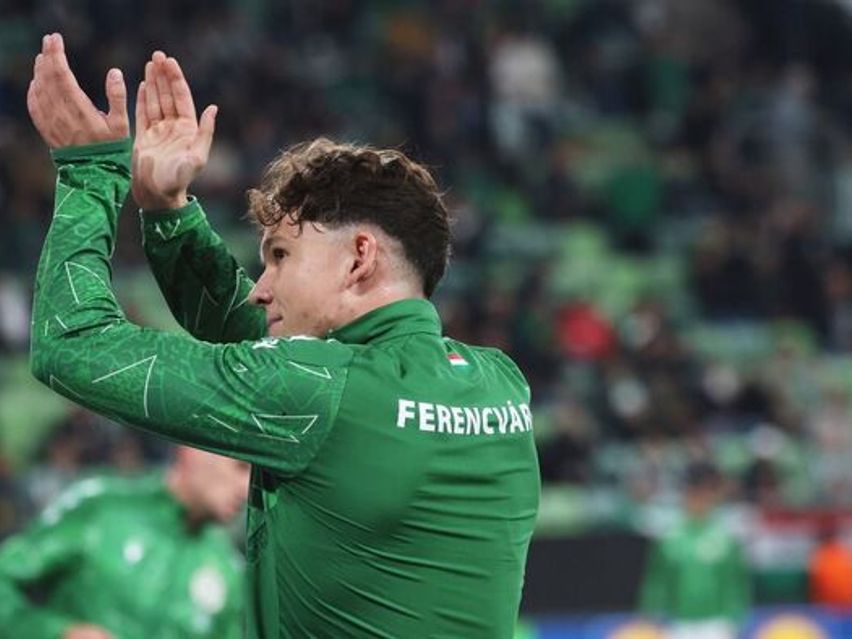








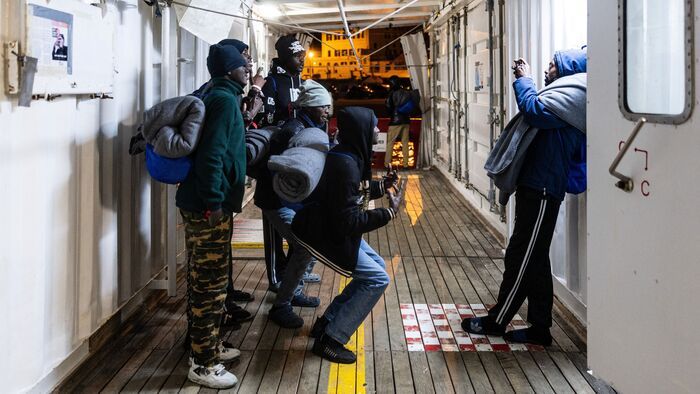






Szóljon hozzá!
Jelenleg csak a hozzászólások egy kis részét látja. Hozzászóláshoz és a további kommentek megtekintéséhez lépjen be, vagy regisztráljon!